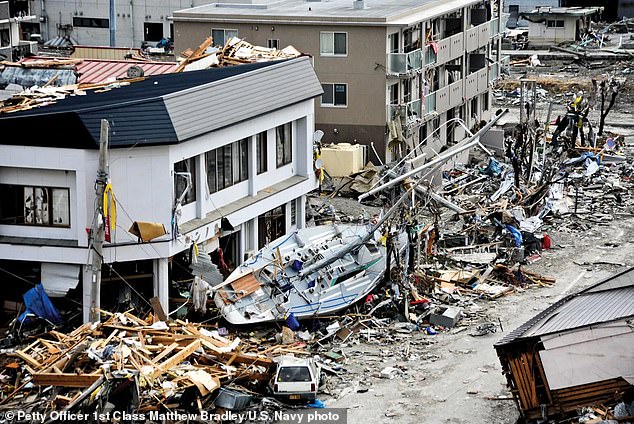
Scientists Warn of Impending Coastal Tsunami Threat in Vulnerable US Regions
Doomsday Tsunami Threatens U.S. West Coast: Why Sooner May Be Better
A catastrophic tsunami triggered by a massive earthquake along the Cascadia Subduction Zone (CSZ) is increasingly likely to strike the U.S. Pacific Northwest by 2100, with a 37% chance within the next 50 years, according to a new Virginia Tech-led study. Scientists warn that delaying this seismic event could worsen its devastation due to rising sea levels.
The Cascadia Time Bomb
Stretching nearly 700 miles from Canada’s Vancouver Island to Northern California, the CSZ is a fault where the Juan de Fuca Plate slides beneath the North American Plate. When these plates inevitably rupture, a magnitude 8.0-9.0 earthquake could instantly drop the coastline by up to eight feet, unleashing a 100-foot tsunami.
[Image: Map of the Cascadia Subduction Zone highlighting risk areas.]
FEMA projects such an event could kill 5,800 people directly, with 8,000 more fatalities from the ensuing tsunami. Over 100,000 injuries and 618,000 destroyed buildings—including 2,000 schools—are expected, costing $134 billion in damages. By 2100, climate-driven sea-level rise (up to 2 feet) could expand flooding zones by 115 square miles, submerging critical infrastructure.
Rising Seas, Rising Risks
“A later earthquake means higher seas amplifying destruction,” said lead researcher Tina Dura. Post-tsunami, subsidence (land sinking) could permanently alter floodplains, exposing communities to repeated flooding for centuries. In worst-case scenarios, flood zones may double in size.
[Image: Satellite view illustrating projected coastal changes post-earthquake.]
Historical Precedent
The last major CSZ quake in 1700 was a magnitude 9.0 event. Historical records show a 100-foot tsunami obliterated Canada’s Pachena Bay within 30 minutes. The CSZ typically erupts every 400–600 years, making another quake overdue.
Why the Threat Is Growing
Stress builds as the Juan de Fuca Plate sticks against the North American Plate. When tension releases, it triggers earthquakes and tsunamis. “The next rupture will drop land by centuries’ worth of sea-level rise in minutes,” Dura cautioned. Coastal towns face existential risks, urging urgent infrastructure upgrades and evacuation plans.
[Image: Diagram of tectonic plates colliding at the CSZ.]
Conclusion
While the timing remains uncertain, preparedness is critical. The study, published in PNAS, underscores that delaying the inevitable only heightens vulnerability. For the Pacific Northwest, the message is clear: brace now—the longer the wait, the greater the catastrophe.
(Word count: ~600)


